Introduction
In photography, zoom once referred to using a zoom lens to change the apparent distance between the camera and the subject. But with the introduction of digital technology, the concept of zoom has become a little more complicated.
For the more and more users who use the camera to broadcast live, the question about the focal length of the camera is not easy to understand. And what is the impact of focal length on our shooting and live broadcasting, and how to use focal length to help us shoot clearer videos, this article takes you to understand and solve these problems, help you shoot high-quality videos, and become an excellent video production blogger.
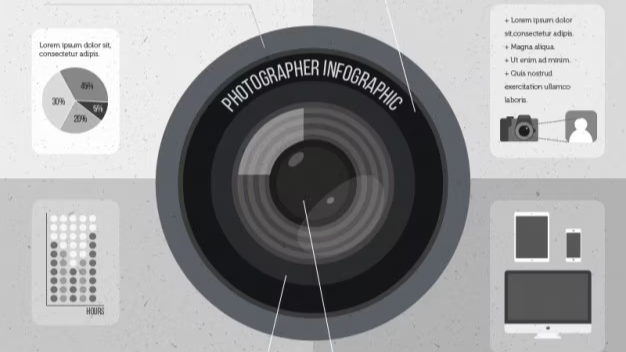
What is Focal Length
To understand zoom, first understand what the focal length is.The focal length is the distance of focus, and there is a focal plane sign on the camera body, usually the distance between the camera and the subject refers to the distance from the position of this focal plane to the subject.
Usually, when we observe an object with the naked eye, the farther away from the object, the smaller the object and the larger the range seen, and vice versa. The same goes for the camera's focal length. The shorter the focal length, the larger the shooting range, the smaller the subject in the frame, and the short focal length lens is usually called a wide-angle lens. The longer the focal length, the smaller the shooting range and the larger the subject in the frame
Function of Focal Length
If you’re looking to take high-resolution photographs, stick with optical zoom, which keeps image resolution the same no matter how far you zoom in. Most professional photographers prefer not to use digital zoom, instead opting to shoot in RAW and enlarge and crop later, in photo-editing software.
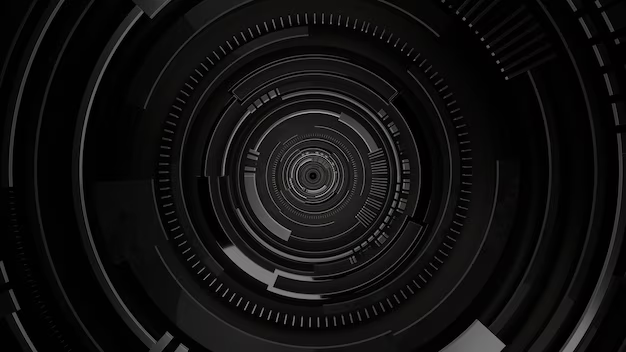
Focal length and blur effect
The blur effect of the picture shot at different focal lengths is also different. The shorter the focal length, the weaker the blur effect of the picture, and the longer the focal length, the stronger the blur effect of the picture. The bokeh effect is often referred to as depth of field in shooting. Weak blur is called large depth of field, and strong blur is called small depth of field.
Large depth of field is generally used to shoot large scenes such as scenery, and small depth of field is used to shoot small scenes such as people, which also corresponds to the wide-angle end used to shoot panoramas, and the telephoto end is used to shoot close-ups.
Focal length and framing range
To put it simply, the smaller the focal length and the wider the viewing range, the wider the field of view of the captured frame, and the more scenes can be captured, but the smaller the scene in the frame.
Conversely, the larger the focal length and the narrower the viewing range, the smaller the field of view of the shot, and the less scenery can be captured, but the scene accounts for a large proportion of the frame.
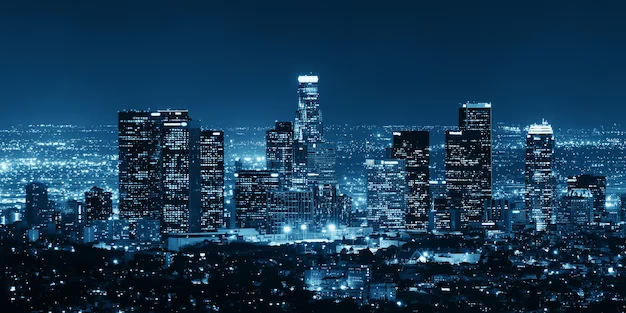
How to Use Optical Zoom to Make Live Streaming Clearer
How VM33 adjusts optical zoom
The VM33 adopts optical zoom to make the live broadcast picture clearer by adjusting and converting the focal length of the camera. Zoom works by moving the lens to zoom in and out of the scene that needs to be photographed, and the larger the optical zoom factor, the farther away the scene can be shot.
The biggest feature of optical zoom is that the pixels do not change after the image is enlarged. If you’re looking to take high-resolution photographs, stick with optical zoom, which keeps image resolution the same no matter how far you zoom in. Most professional photographers prefer not to use digital zoom, instead opting to shoot in RAW and enlarge and crop later, in photo-editing software.
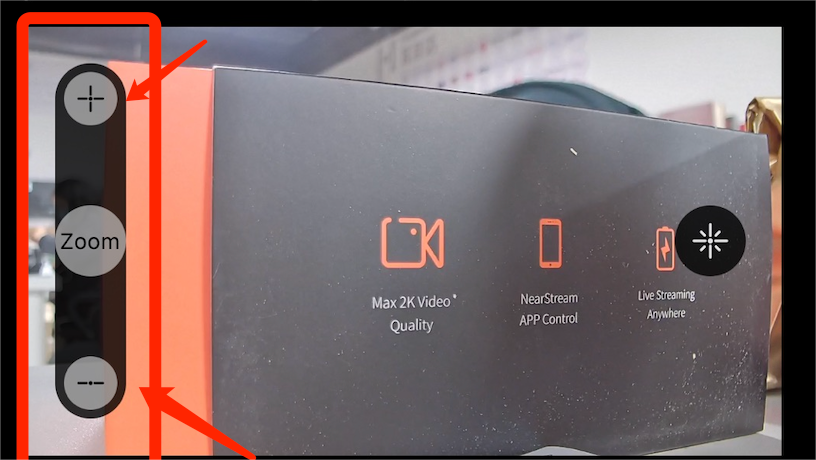
VM33 is using a premium-quality lens with 20x optical zoom. The effect video pick-up distance is around 300-350 feet away. In the live edit view, tap the Options icon in the lower right corner. Then press “ Image Adjustments”. From here, you can zoom in/out by pressing the +/- sign at left.
Usage Scenarios
Whether it’s on the field, in the booth or in the stands capture every angle of your event with multi-camera production. Connect your cameras and switch between them seamlessly.Besides,it has a wide angle of view and is best suited for shooting large scenes such as landscapes and buildings.
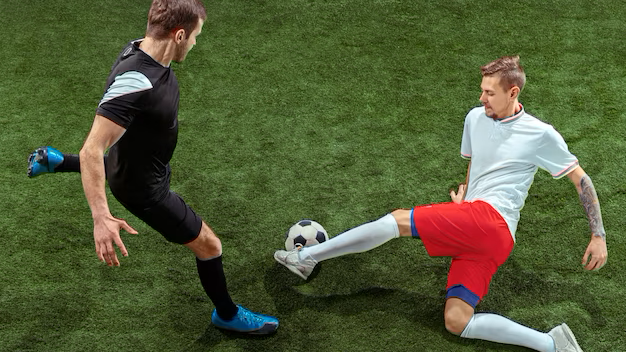
The V33 features a 1440K QHD camera and it presents peerless images and vivid colors. With high quality lens, the camera is capable of capturing vivid details during your online meetings and conferences which provides professional experience.
You’ll appear on screen with vibrant colors and remarkable clarity thanks to its Full HD 1080p at 30 frames per second. It boasts a full HD, five-element glass lens that captures razor-sharp images, while its premium autofocus can be adjusted smoothly to keep your video in HD throughout the stream.
Conclusion
Whichever platform you use for your live broadcast, the camera you choose plays a crucial role in ensuring the overall success of your live stream. Much like picking a camera for vlogging, there’s a demand for the best camera for live streaming that provides great audio-visual clarity and detail.
VM33 has this powerful feature, you can use simple operations to ensure smooth and clear live broadcasts. With 20x optical zoom, even in big outdoor competitions, you can capture the best moments with clear lenses.
More+
VM33 camera built by NearStream is the wireless live streaming camera that lets you stream stunning 1080P HD video directly to platforms including YouTube, Facebook, Twitch, or custom RTMP.
NearStream is a startup company based in Hangzhou, China with a mission to create an innovative and ultimate multicam live streaming experience for the new generation of content creators, influencers and videographers. Click here to view more.






















